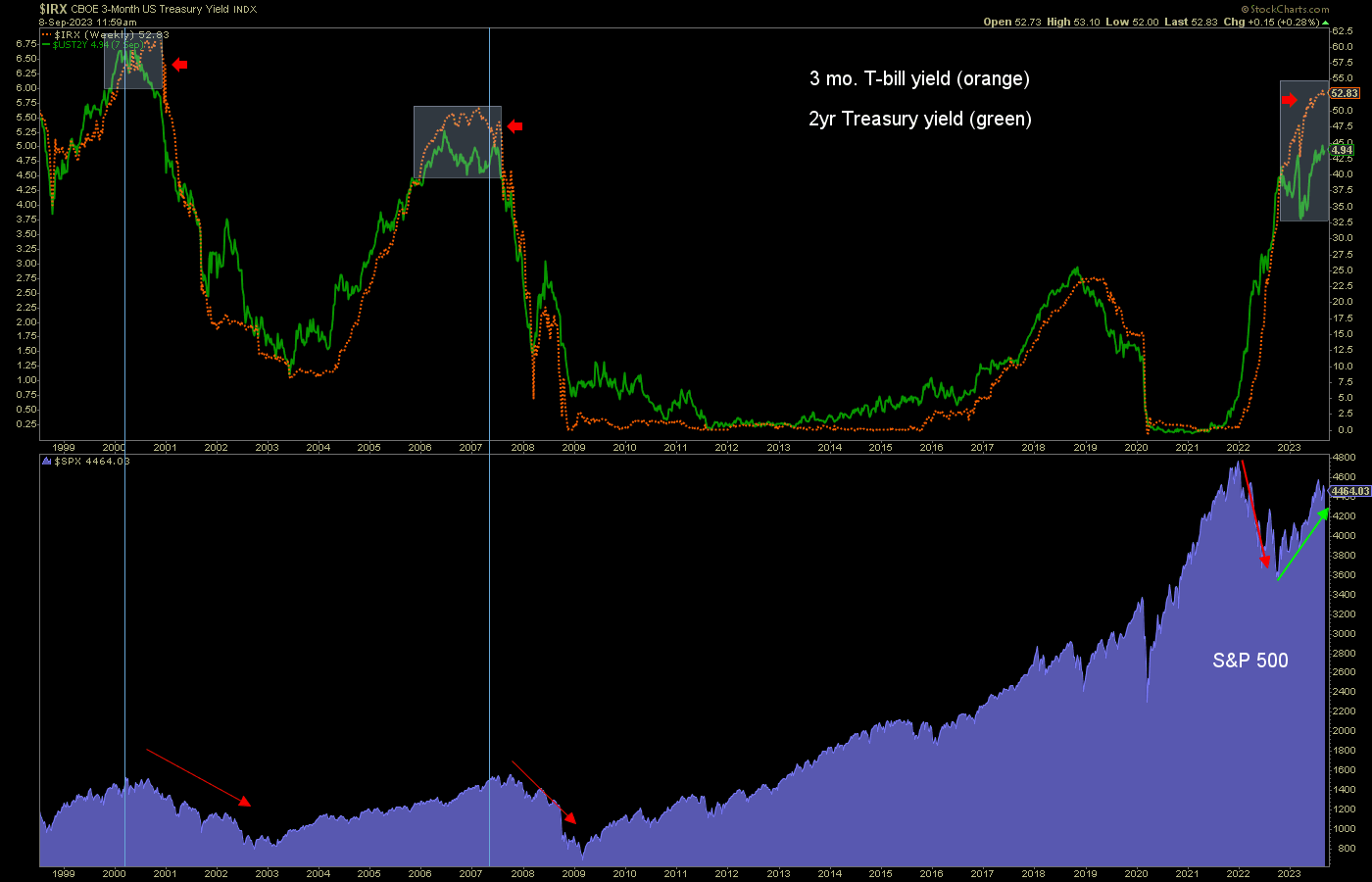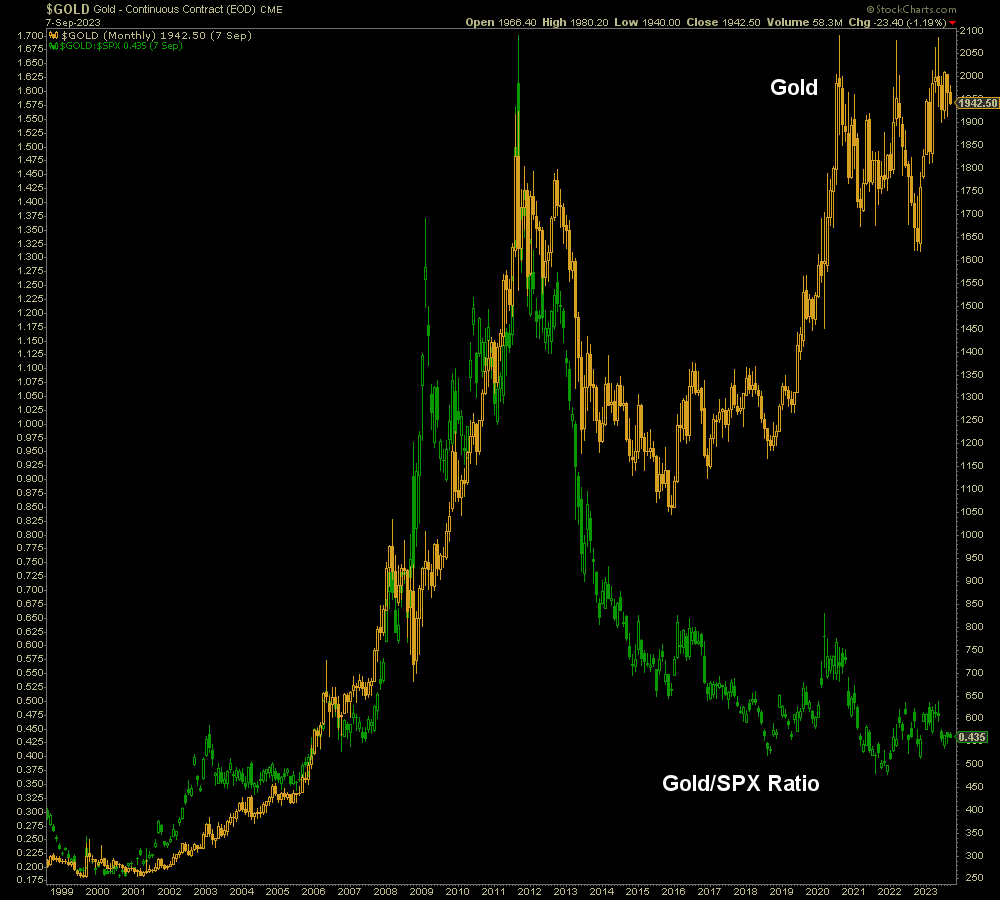Why is the Fed Fighting Fading Inflation?




We use cookies (including third-party cookies) to remember your site preferences, to help us understand how visitors use our sites and to make any adverts we show on 3rd party sites more relevant. To learn more, please see our privacy policy and our cookie policy.
To agree to our use of cookies, click 'Accept' or choose 'Options' to set your preferences by cookie type.



Gary Tanashian successfully owned and operated a progressive medical component manufacturing company for 21 years, through various economic cycles. This experience gave Gary an understanding of and appreciation for global macroeconomics as it relates to individual markets and sectors. Along the way, Gary developed an almost geek-like interest in technical analysis (TA), to add to a long-time interest in human psychology. Various unique macro market ratio indicators were also added to the mix, with the result being a financial market newsletter, Notes From the Rabbit Hole (NFTRH) that combines these attributes.
See the full archive of Gary Tanashian.
Please Note: All articles published here are to inform your thinking, not lead it. Only you can decide the best place for your money, and any decision you make will put your money at risk. Information or data included here may have already been overtaken by events – and must be verified elsewhere – should you choose to act on it. Please review our Terms & Conditions for accessing Gold News.

We use cookies to remember your site preferences, record your referrer, improve the performance of our site and to make any adverts we show on 3rd party sites more relevant. For more information, see our cookie policy.
Please select an option below and 'Save' your preferences.
You can update your cookie preferences at any time from the 'Cookies' link in the footer.
You have not been active for some time.
For your security you will be logged out in minutes unless you take action.